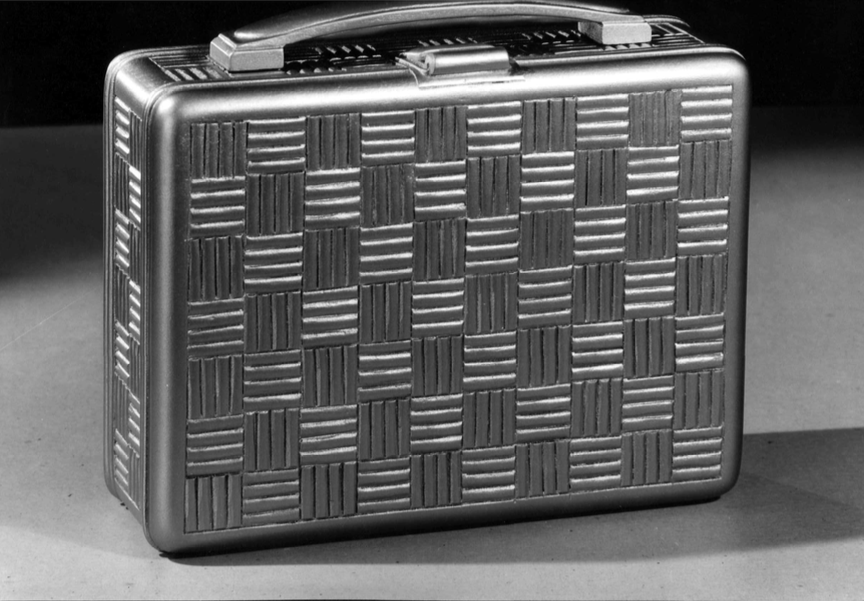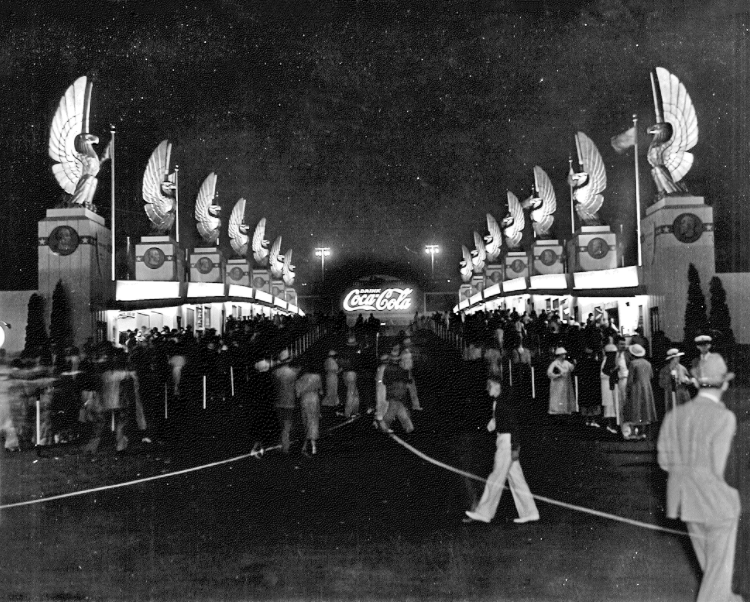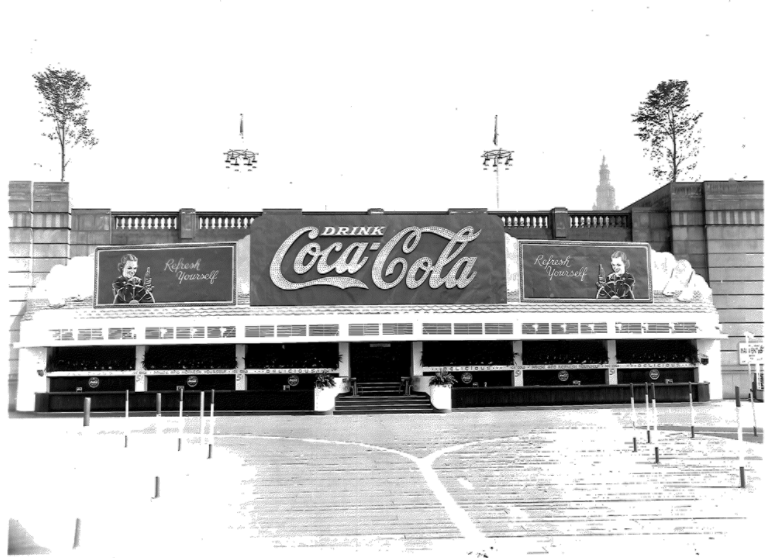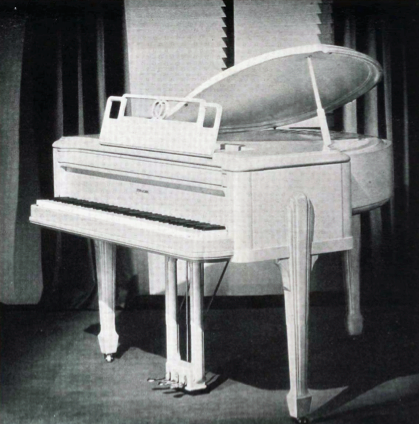The Manuscripts and Archives Department is pleased to announce the opening of an important new design collection. The Everett Worthington Inc. records showcase the career of an industrial designer who worked modern art deco designs into wood, plastic, and metal objects for some of America's most iconic brands.

Everett Ellsworth Worthington's (1890-1938) displays at world's fairs and expositions across the United States first familiarized consumers with his designs. He did not advertise; instead he used portfolios of completed projects with prospective clients in meetings. Radio cabinets, clocks, furniture, and automotive interiors are among the many products that incoprorated Worthington's designs.
A self taught acoustics expert, Worthington started his career working for manufacturers of pianos, speakers, radios, and phonographs that melded his interests in engineering, music, and design.
In 1915, he supervised the construction and installation of the Victor Temple at the Panama-Pacific International Exhibition for the Victor Talking Machine Company. His work there was praised in trade journals, making him well known throughout the radio and phonograph industries.
In 1925 he moved to Chicago in preparation for his next round of projects - the 1933 World's Fair Century of Progress and The Great Lakes Exposition of 1935-36. Designs for the 1933 World's Fair included a futuristic Coca-Cola fountain.

The wood work for this fountain display was a "never used before process" that became known as KarVarT. A type of laminated wood, this proprietary process was developed by Worthington and subcontracted to Haskelite Manufacturing Corporation.

Toastmaster and General Motors displays at the Fair also featured his wood panels, as did the Telektor exhibit for Stromberg-Carlson. In 1935 at The Great Lakes Exposition, Coca-Cola celebrated its 50th anniversary with a Worthington designed Midway concession display.
In 1938 Story & Clark Piano Company made headlines when Worthington re-imagined their grand piano using a paneled and veneered cover for the plate and strings without compromising the quality of sound. A resonance chamber was not new to musical instruments such as violins, but was first applied to a piano in Worthington's design.

Everett Worthington suffered a fatal heart attack on August 4, 1938 while driving from his home in Scarsdale, New York to his Park Avenue office.
His New York Times obituary states, "Mr. Worthington had designed everything from 'shoestrings to automobiles' including auto accessories, intricate machinery, all kinds of packaging and containers, electrical apparatus and radios. He was head of the firm of Everett Worthington, Inc. 230 Park Avenue, and had done designing for almost every branch of industry but aviation."
The finding aid for the Worthington records can be located here.
Please contact askhagley@hagley.org with any questions.
